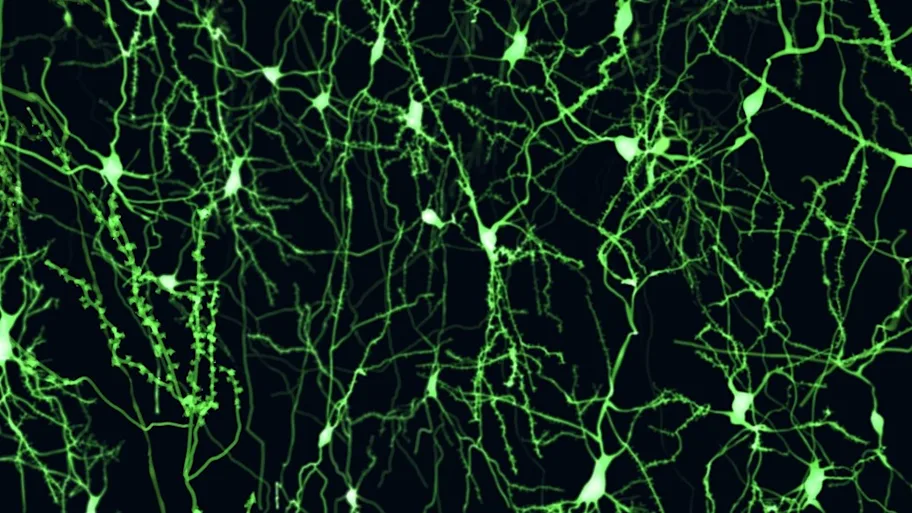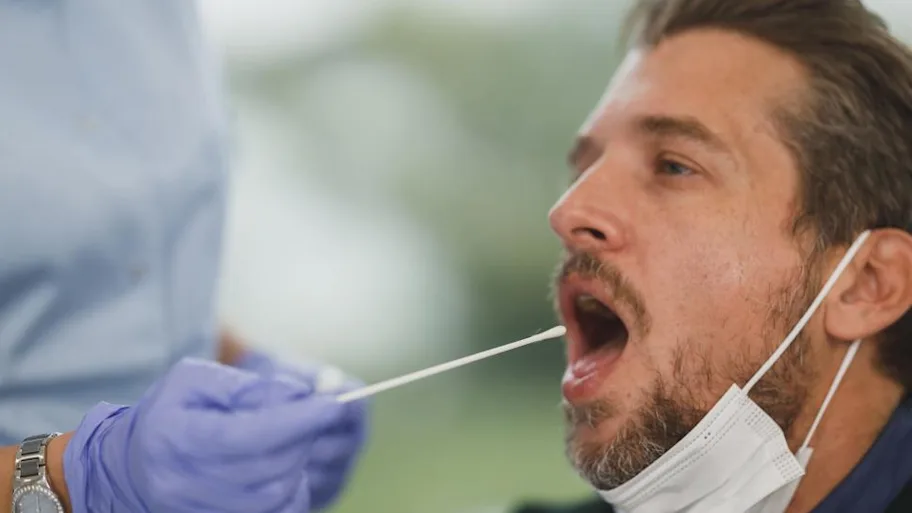
- Science News
- Featured news
- Scientists create a world-first 3D cell model to help develop treatments for devastating lip injuries
Scientists create a world-first 3D cell model to help develop treatments for devastating lip injuries

The skin on our lips is distinctly different and more complex than other skin on our bodies, and primary lip cells are hard to acquire, which holds back basic research that could help improve treatments for painful and complicated lip conditions. Now, for the first time, scientists have developed a continuously replicating model of lip cells in the laboratory. Using donated lip tissue, they have created cell lines which can be grown indefinitely to make 3D models for advancing lip biology research and testing repairs for conditions like cleft lips.
We use our lips to talk, eat, drink, and breathe; they signal our emotions, health, and aesthetic beauty. It takes a complex structure to perform so many roles, so lip problems can be hard to repair effectively. Basic research is essential to improving these treatments, but until now, models using lip cells — which perform differently to other skin cells — have not been available. In a new study published in Frontiers in Cell and Developmental Biology, scientists report the successful immortalization of donated lip cells, allowing for the development of clinically relevant lip models in the lab. This proof-of-concept, once expanded, could benefit thousands of patients.
“The lip is a very prominent feature of our face,” said Dr Martin Degen of the University of Bern. “Any defects in this tissue can be highly disfiguring. But until now, human lip cell models for developing treatments were lacking. With our strong collaboration with the University Clinic for Pediatric Surgery, Bern University Hospital, we were able to change that, using lip tissue that would have been discarded otherwise.”
Lip service
Primary cells donated directly from an individual are ideal for this kind of research, because they’re believed to retain similar characteristics to the original tissue. However, these cells can’t be reproduced indefinitely, and are often difficult and expensive to acquire.
“Human lip tissue is not regularly obtainable,” explained Degen. “Without these cells, it is impossible to mimic the characteristics of lips in vitro.”
The second-best option would be immortalized lip cells which can be grown in the lab. To achieve this, scientists alter the expression of certain genes, allowing the cells to carry on reproducing when they would normally reach the end of their life cycle and stop.
The scientists selected skin cells from tissue donated by two patients: one undergoing treatment for a lip laceration, and one undergoing treatment for a cleft lip. The scientists used a retroviral vector to deactivate a gene which stops a cell’s life cycle and to alter the length of the telomeres on the ends of each chromosome, which improves the cells’ longevity.
These new cell lines were then tested rigorously to make sure that the genetic code of the cell lines remained stable as they replicated and retained the same characteristics as primary cells. To make sure the immortalized cells hadn’t developed cancer-like characteristics, the scientists looked for any chromosomal abnormalities and tried to grow both the new lines and a line of cancer cells on soft agar — only cancer cells should be able to grow on this medium. The cell lines displayed no chromosomal abnormalities and couldn’t grow on the agar. The scientists also confirmed that the cell lines behaved like their unmodified primary counterparts by testing their protein and mRNA production.
Read and download original article
Mona Lisa smile
Finally, the scientists carried out tests to see how the cells might perform as future experimental models for lip healing or infections. First, to see if the cells could act as accurate proxies for wound healing, they scratched samples of the cells. Untreated cells closed the wound after eight hours, while cells treated with growth factors closed the wound more quickly; these results matched those seen in skin cells from other body parts.
Next the scientists developed 3D models using the cells and infected them with Candida albicans, a yeast that can cause serious infections in people with weak immune systems or cleft lips. The cells performed as expected, the pathogen rapidly invading the model as it would infect real lip tissue.
“Our laboratory focuses on obtaining a better knowledge of the genetic and cellular pathways involved in cleft lip and palate,” said Degen. “However, we are convinced that 3D models established from healthy immortalized lip cells have the potential to be very useful in many other fields of medicine.”
“One challenge is that lip keratinocytes can be of labial skin, mucosal, or mixed character,” he added. “Depending on the research question, a particular cell identity might be required. But we have the tools to characterize or purify these individual populations in vitro.”
REPUBLISHING GUIDELINES: Open access and sharing research is part of Frontiers’ mission. Unless otherwise noted, you can republish articles posted in the Frontiers news site — as long as you include a link back to the original research. Selling the articles is not allowed.






